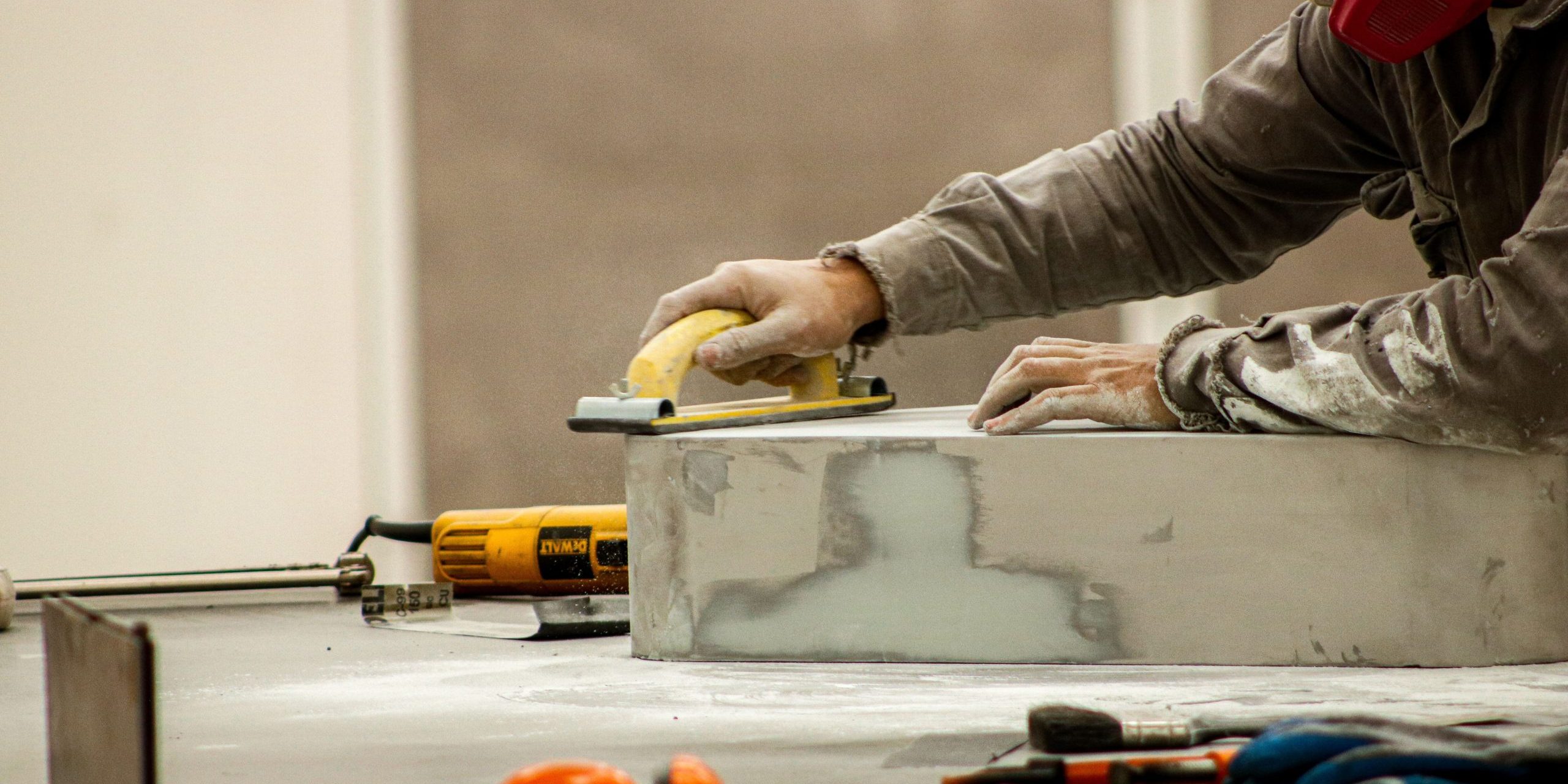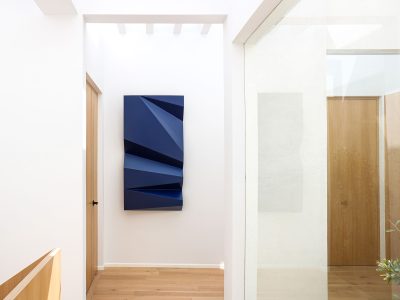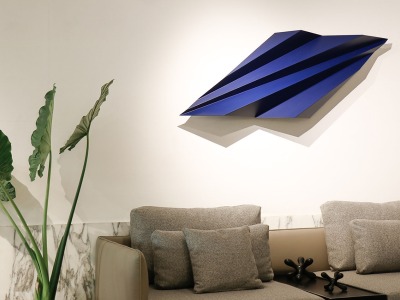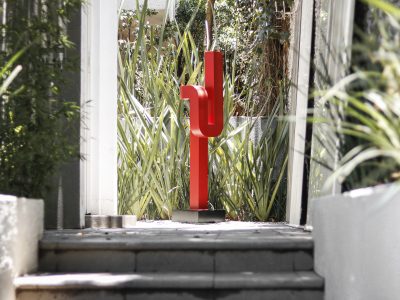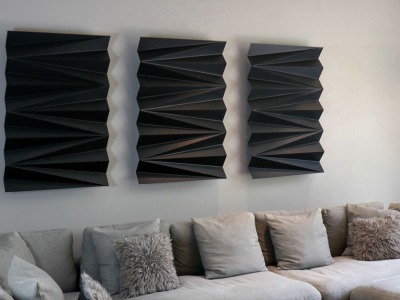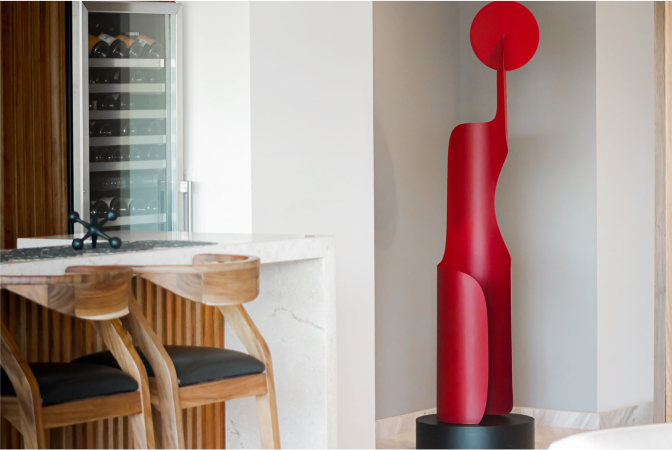What is Metal Sculpting? What is Metal Sculpture Art?
The art of metal sculpture work has been around for thousands of years and began in the ancient Near East. While traditional sculpture uses clay or marble to express an idea, metal sculptures are made from sources of iron, tin, bronze, gold, silver, or lead. The first metal art sculptures were made of copper and bronze and over hundreds (and thousands) of years expanded to gold and silver, iron, and high-quality steel. Today, artists and studios may use a variety of different metals and styles.
To make a metal sculpture, you can use different methods: sculpting, carving, casting, welding, etc. Whichever is used, the results can be different. Unlike other mediums, metalwork is unique both in how it can stand the test of time and how it can change over time through corrosion, oxidation, or the development of patina.
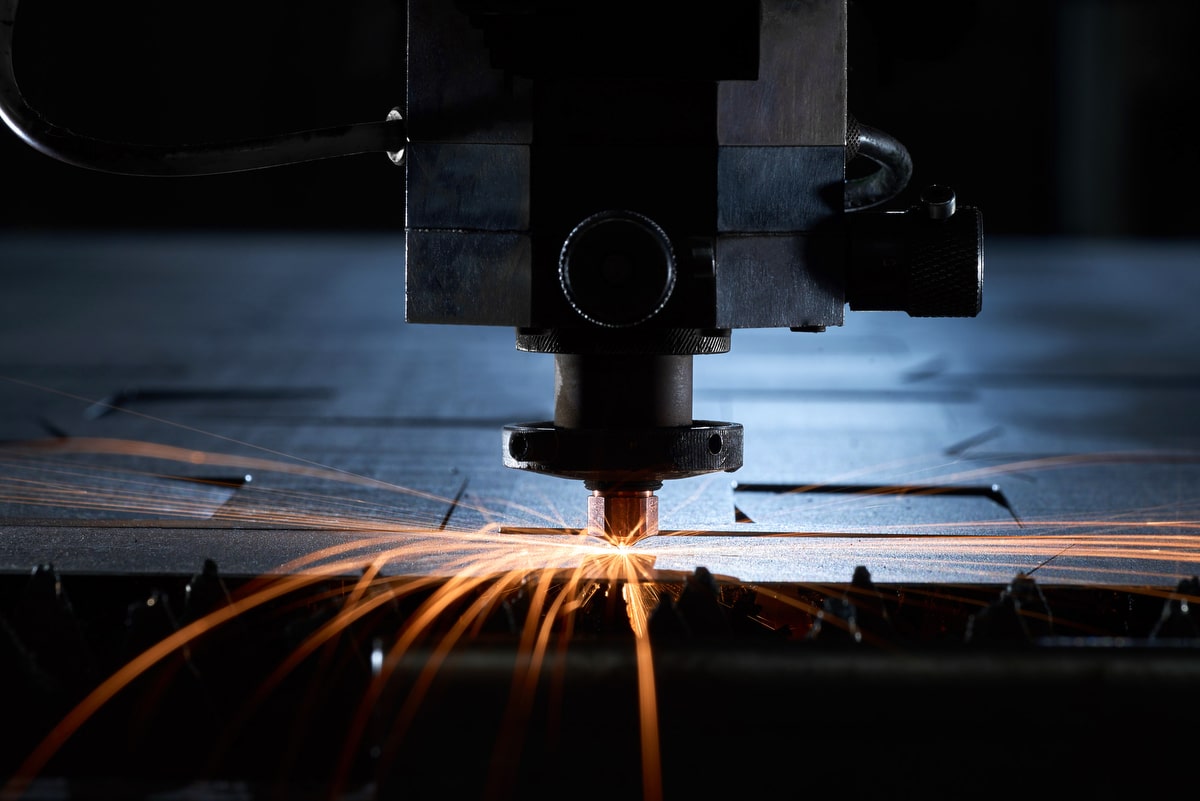
Different Metals Used in Metal Sculpting:
As mentioned above, there are many different types of metal used in sculpture. Throughout history each has seen its own prominence. The following are metals commonly used in metal pieces in the past and present:
- Aluminum Iron
- Brass
- Bronze
- Copper
- Gold
- Lead
- Silver
- Steel
- Tin
- Zinc
The Inspiration: Finding the Reason Behind the Sculpture
Like other art, sculptures are created to express an emotion, represent an idea, or commemorate an important event or person. One thing is for certain, there is a reason and purpose behind every piece. When beginning the sculpture-making process, the artist or designer typically has some inspiration or plan created ahead of time. Even busts and statues of people have some thought or emotion behind them. For example, when Michelangelo wanted to sculpt David, he could have chosen a myriad of different poses. Instead, he was inspired by one.
At ENNAIA, each of our pieces are inspired by a time or symbol in history. We bring it to life in an abstract way so the essence and symbolism can exude itself in your space. We believe it’s very important to choose the sculpture that speaks most to you.
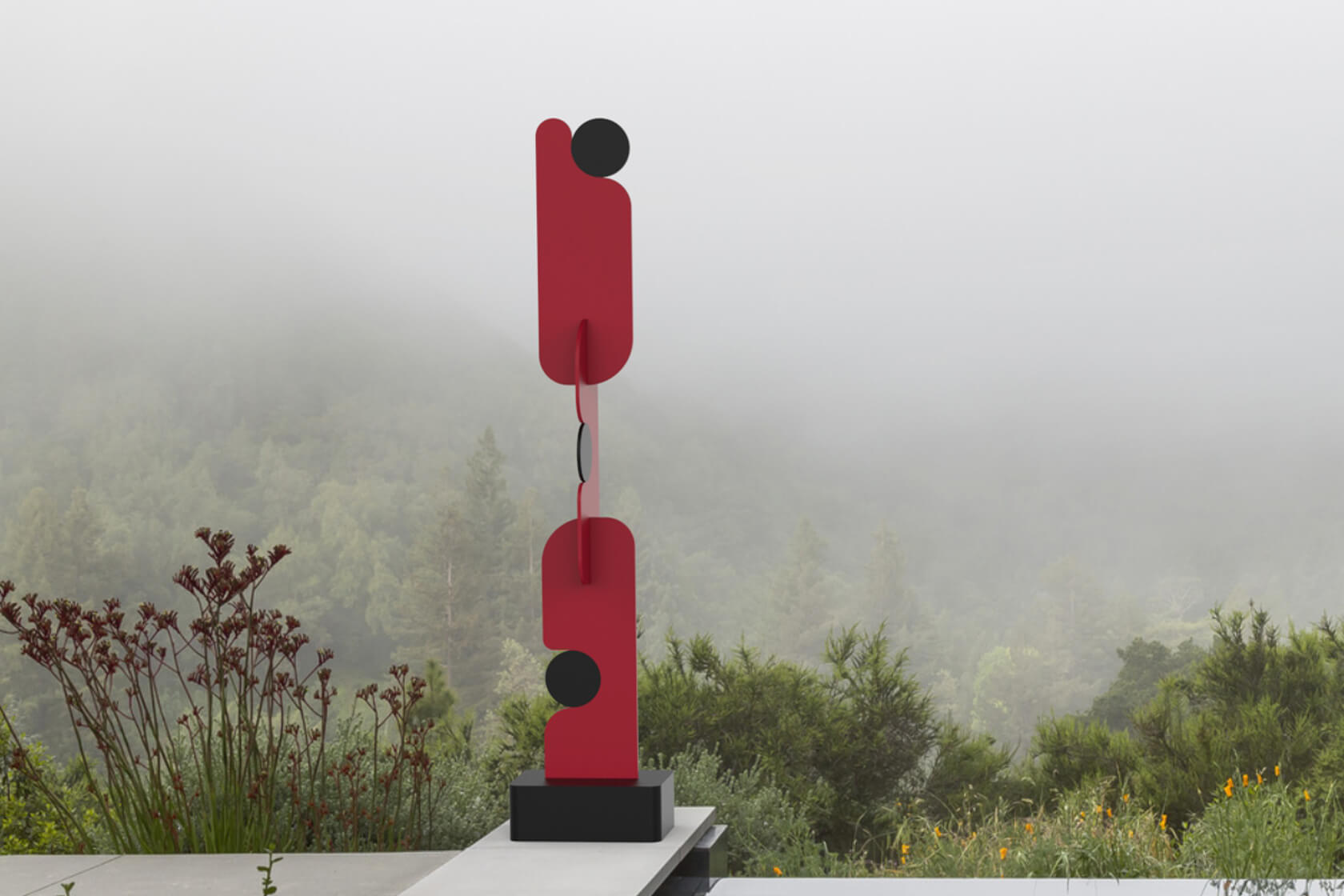
Metal Sculpting Process: From Start to Finish
So how does an idea become a real-life work of art? Once the idea has taken shape, the designer or artist will make sketches to bring it to life. From the sketch, the next step is to make a small clay model to help ensure the proportions are correct – and that the sketch works as a three-dimensional piece. If casting will be used, a full-scale mold will be created. If not, then the individual pieces must be shaped and assembled. While the inspiration and sketching phases can take some time to complete, the real work starts when sculpting begins. Depending on the style, process and complexity, a sculpture can take weeks or even years to finish.
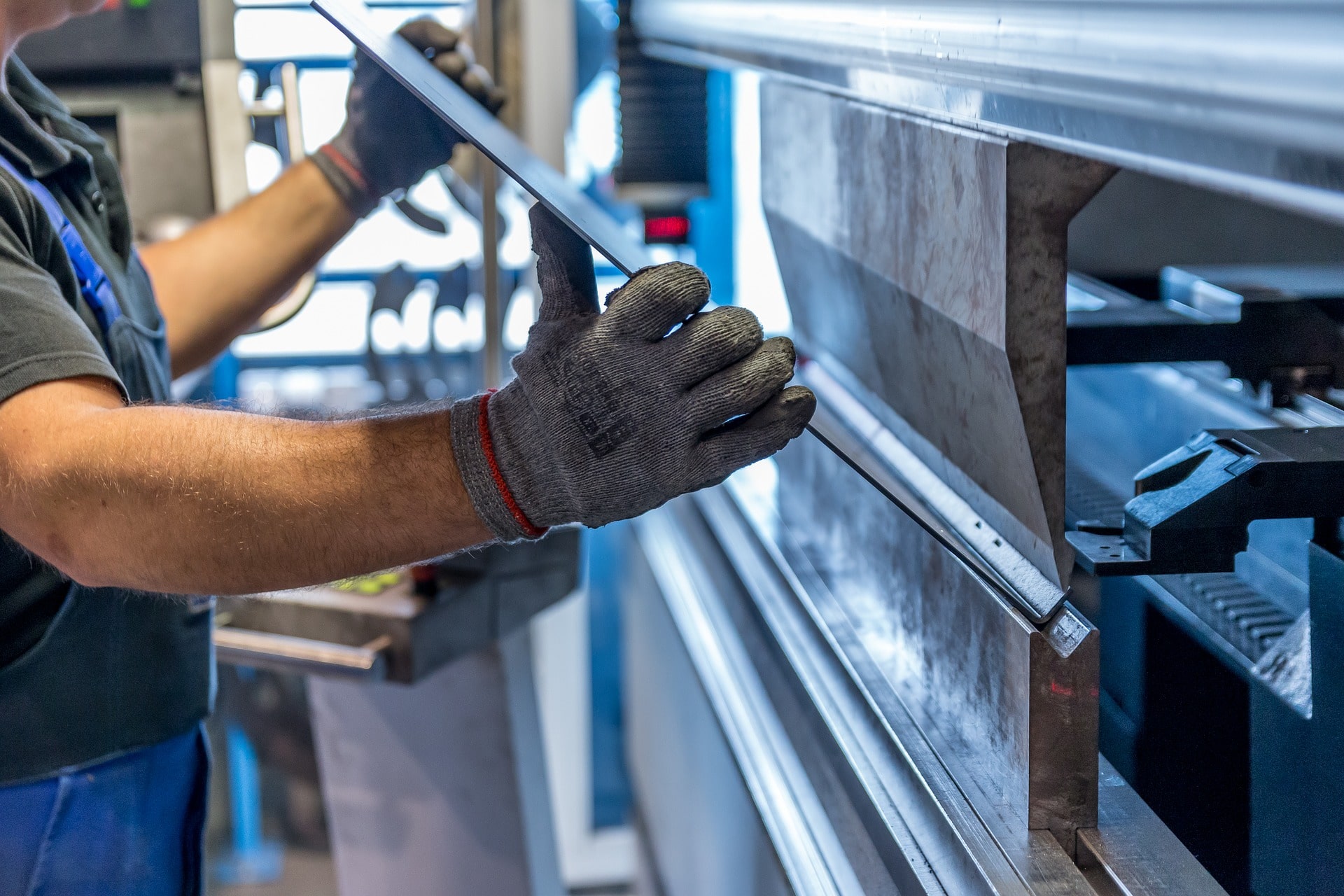
Indoor Vs. Outdoor Metal Sculptures
When determining what kind of sculpture to get, it is important to know whether you will be placing it indoors and outdoors. Why? Because metal can change its characteristics when exposed to the elements. If you’re placing it outside, you’ll need to take weather and the environment into consideration and choose a finish that will protect the metal from exposure. Keep in mind that some sculptures are intended to change and react to the elements – rust, patina and oxidation can add extra emotion and personality to a piece.
The best metals to use outdoors are:
- Stainless steel
- Aluminum
- Galvanized steel
- Red metals (brass, copper, bronze)
At ENNAIA, we use mild steel and a paint formula that protects from corrosion so our pieces can withstand indoor and outdoor use. However, we also offer an oxidized finish for those looking for a more worn aesthetic.
Manufacturing Process: From the Studio to Your Home
So how does a metal sculpture get made? After the inspiration and design phases are over, it’s time to get to work. Typically, the process follows the steps below:
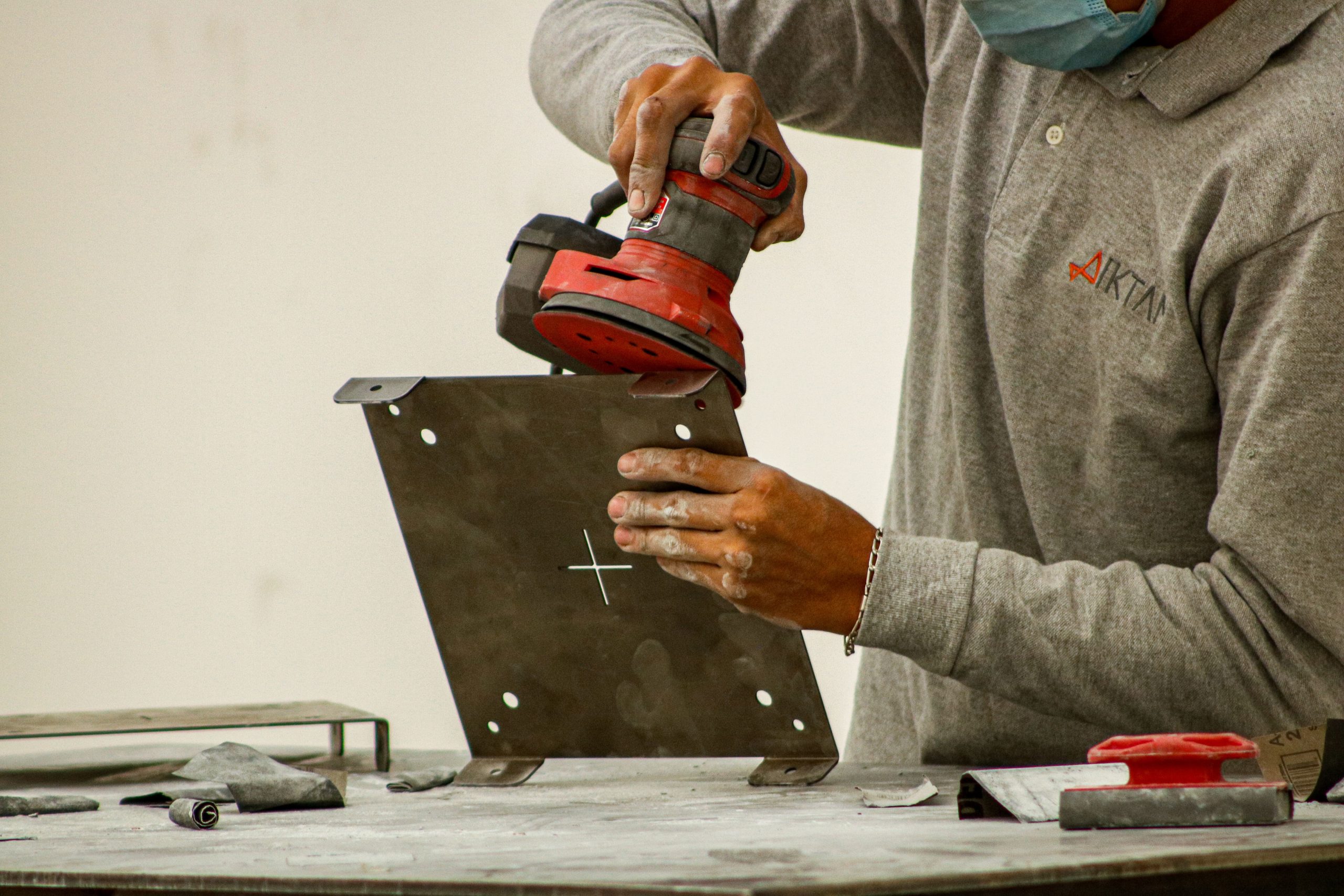
Step 1
Typically, CNC machinery is used to cut and bend metal into the shapes and sizes we need. To cut the metal, a fiber optic laser machine is often needed, where depending on the caliber (thickness of the metal), nitrogen or oxygen is used. This allows us to have a perfect cut. If a piece needs to be bent or curved, a hydraulic bending machine is used. It is very important that the person operating the machine is highly trained because an error of +-1 degree could result in error.
Step 2
Now the assembly of the pieces begins.?This process requires highly trained and certified welders with deep knowledge?in the different types of welding (mainly TIG and MIG). They also must know the different gases for welding, when they are used, and when they are mixed. This will give them the best possible weld seams in terms of quality, resistance, durability, and uniformity.
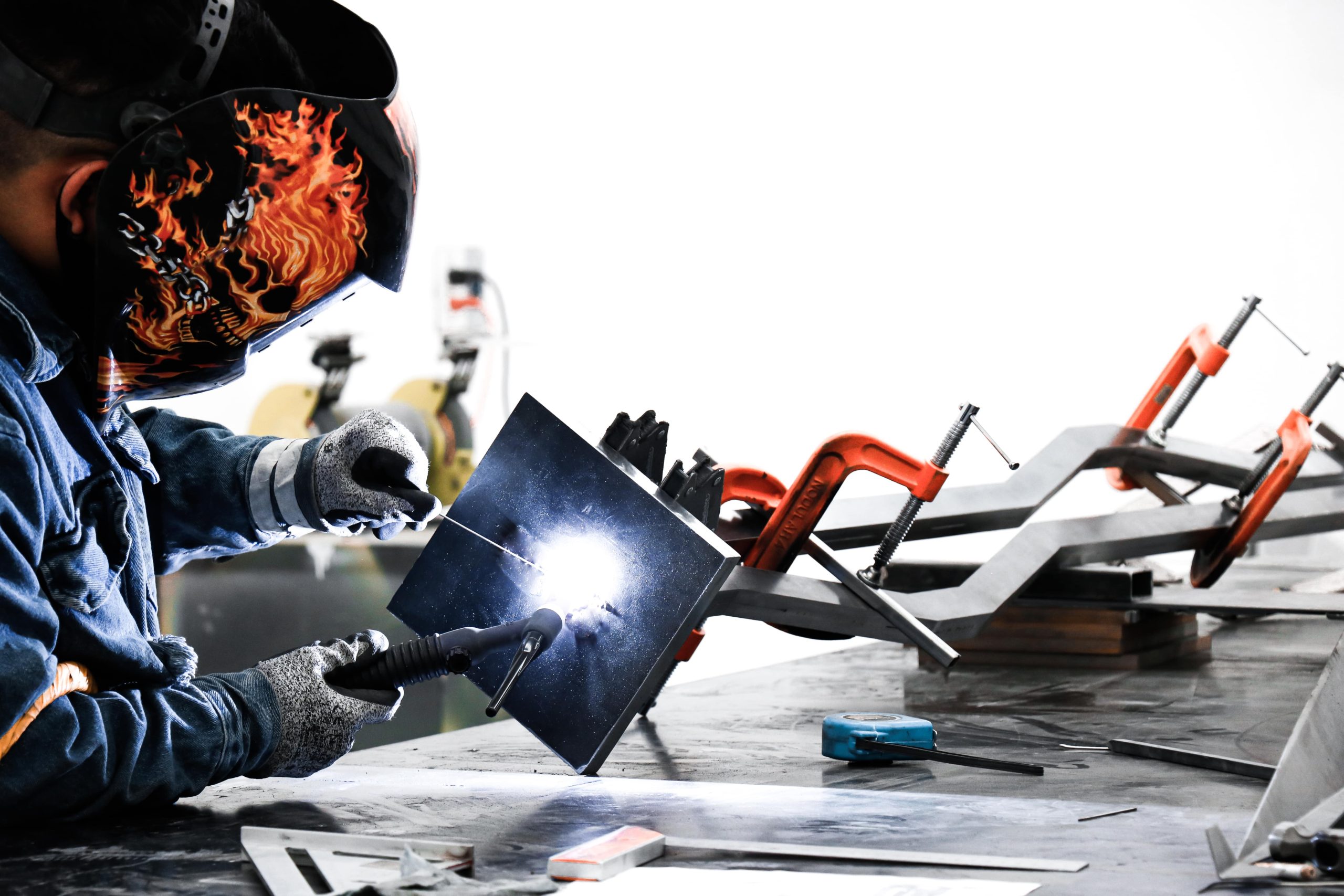
Step 3
Next is the lamination and polishing process. It is key to have an experienced technician at this phase because many things can go wrong (ex: the weld seams can break or become damaged, the metal sheet can be deformed and it becomes impossible to work with the finishing).
Step 4
Once the piece is assembled and polished, it needs to be finished. Putty is used to smooth out any scratches, bumps or buckling parts. Then it is sanded with varying grains of sandpaper to ensure a smooth finish. Next, primer is added and then the piece is painted.
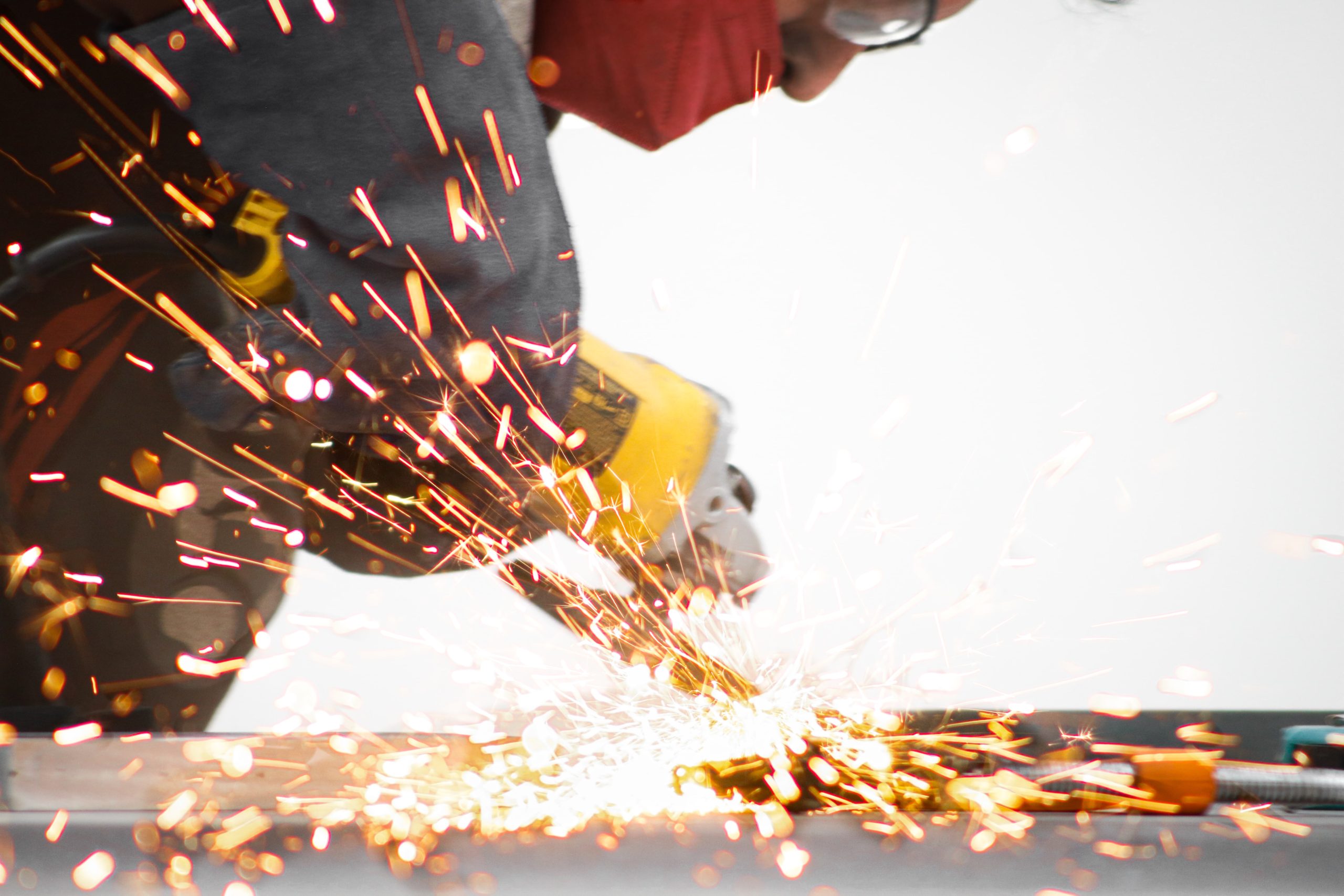
Step 5
The sculpture is carefully packaged and delivered to its destination, be that a gallery, business, home, or other location.
Metal sculptures can be manufactured in different ways by studios large and small. At ENNAIA, we believe we have developed the perfect process to ensure that your sculpture is in pristine condition before and after it arrives.
